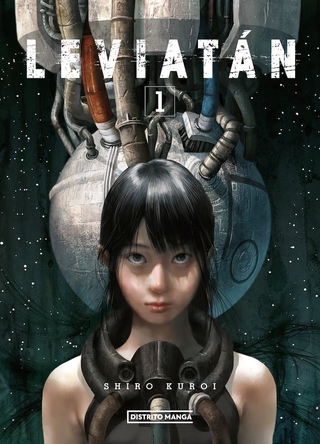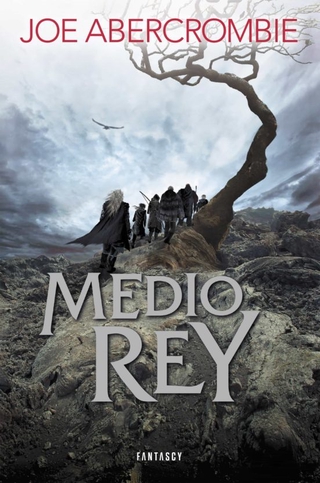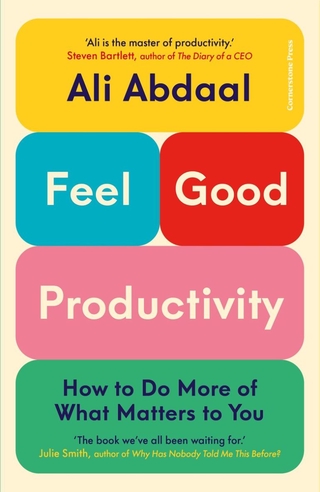I Read Leviatán
A short series—quick to read, very entertaining—and it keeps you wondering: “So… what happened after that?”

A short series—quick to read, very entertaining—and it keeps you wondering: “So… what happened after that?”

I bought an Anbernic device mainly to play PICO-8 games on it, but after playing two games the screen broke and I had to return it so I still have a nice backlog of PICO-8 games to go through when I sit down and set up my Retroid Pocket.

Half a King carries the checks of a classic adventure novel tracing the hero’s journey.

That was fast! From the moment I refactored the code to Golang and started using it some new features arrived that I have been making use.
The last release adds two plugins:

I’ve created yet another small pet project. Dharma is a small CLI utility to check for broken links in web pages. I needed something like this because when I migrated to Hugo some leftovers where around (images, pages, old post, etc.). I wanted a way to check that easily from the CLI and also to add it as a CI step when a new version of the site is deployed.
This is an example output run over my blog:
I bought an Anbernic device mainly to play PICO-8 games on it, but after playing two games the screen broke and I had to return it so I still have a nice backlog of PICO-8 games to go through when I sit down and set up my Retroid Pocket.

I’ve tried to read productivity books for a while, started with note-taking, time management, and goal-setting… but never managed to finish any of them. This is the first book that not only I finished, but also I found it enjoyable, insightful, and provides practical tips for improving productivity. And not only that, is the first one that I have used a marker on to highlight important passages.
